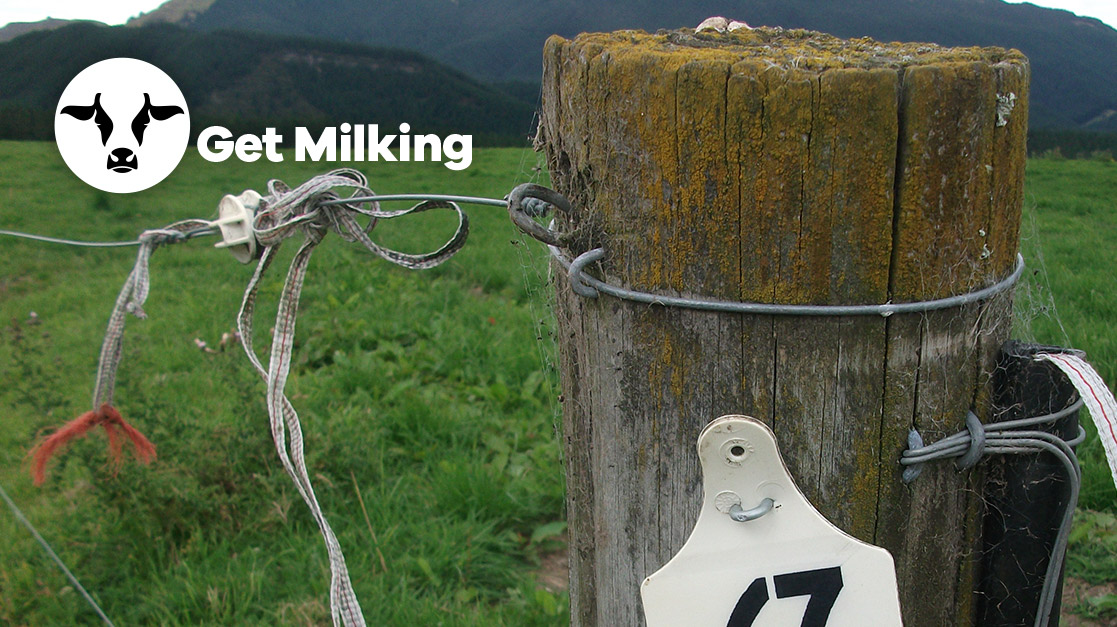Electric fences are a vital tool on the dairy farm, they allow the farmer to ration and allocate feed. This course explains how an electric fence works, and how to set one up. You’ll also learn about how to ration out feed, pasture growth and the importance of water.
By the end of this course, you will:
- Understand the different types of break fencing and what each type is used for
- Know how to plan your own break fences, using a tried-and-true method
- Be able to measure the quantity and quality of the feed available to the cows
- Understand how to use a break fence for a crop
- Understand the importance of water on farm, how much is needed and how to fix leaks
- Have a set of wet-weather strategies to minimise mud for the animals and damage to the pasture
How to watch this training
There are 16 videos to watch (videos vary in length, but average between 1 – 4 mins long). Each video also has a pdf of information and tips on each topic, which you can open, save and print. As the learning progresses from video to video, the first time around, you’ll need to watch them in the order they’re listed. Once all have been watched, you can then go back to any specific video at any time you like.
You will learn about:
- How to put up and take down the different types of electric fencing that determine how much feed each cow is allocated.
- How to keep the paddocks in good and safe condition, especially in wet weather.
- Grazing rotation, which is one of your most important tools for managing feed for the cows.
- How to measure the amount of feed available for the cows, in terms of both dry matter and metabolisable energy.
The objectives of the course
Good fences
By the end of this course, you will:
- Have a good basic understanding of how electric fences (break fences) work and why they are important.
- Understand the different types of break fencing and what each type is used for.
- Know how to plan your own break fences.
- Know how to put up a break fence, using a tried-and-true method.
- Know how to take down a break fence efficiently.
- Understand how to use a break fence for a crop.
- Have a set of wet-weather strategies to minimise mud for the animals and damage to the pasture.
Feed
By the end of this course, you will:
- Understand that one of a farmer’s main goals is to match the cows’ demand for feed with the changing growth rates of the pasture during the year.
- Know how to measure and manage pasture and farm-grown crops (including silage) to produce a high-quality, balanced diet for the cows, maximising its use and minimising waste.
- Know how to measure the quantity and quality of the feed available to you by understanding the concepts of dry matter and metabolisable energy.
- Understand that pasture grazing rotation is one of the farmer’s main tools to manage the feed grown on the farm.

